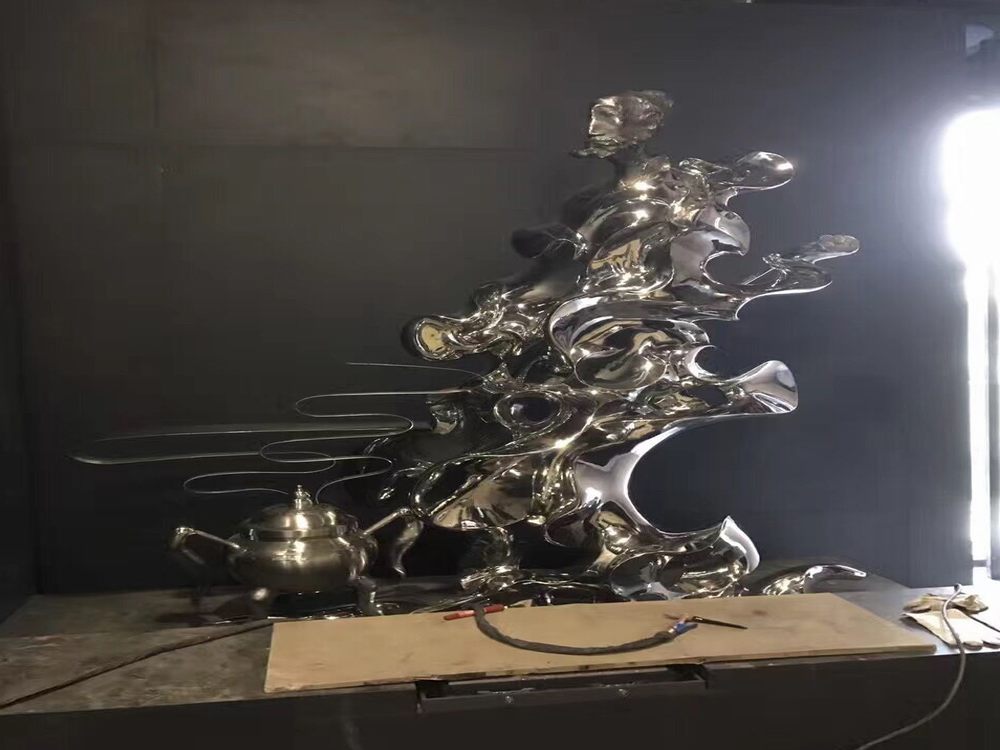
Contemporary sculpture has evolved beyond traditional bronze and steel, embracing groundbreaking material combinations that redefine artistic expression. Artists today are fusing metals with unexpected elements to create visually striking and conceptually profound works.
One of the most exciting innovations is the integration of translucent resins with metal frameworks. This combination allows for captivating light interactions while maintaining structural integrity. Japanese artist Hiroshi Sugimoto's works exemplify this technique, where cast aluminum meets optical-grade acrylic to create shimmering, ethereal forms.
Another revolutionary pairing involves carbon fiber composites with metal armatures. The ultra-lightweight yet incredibly strong carbon fibers enable massive sculptures that appear to defy gravity. British sculptor Antony Gormley has pioneered this approach, creating humanoid figures that seem to float in space despite their substantial size.
Bio-materials represent the cutting edge of sculptural innovation. Some artists are embedding living organisms like mycelium (mushroom roots) within metal matrices, resulting in sculptures that evolve over time. Dutch designer Eric Klarenbeek has created hybrid pieces where 3D-printed metal structures support growing fungal networks, blurring the line between art and biology.
Smart materials are also transforming metal sculpture. Shape-memory alloys that respond to temperature changes, or metals coated with photovoltaic cells that generate energy, create dynamic artworks that interact with their environment. American artist Janet Echelman incorporates these technologies into her massive aerial sculptures that move with the wind while collecting solar energy.
Perhaps most surprisingly, some sculptors are combining metal with advanced ceramics that mimic organic textures. The resulting pieces challenge viewers' perceptions of materiality, appearing simultaneously hard and soft, industrial and natural. Chinese artist Ai Weiwei has explored this juxtaposition in works that comment on cultural transformation.
These material innovations not only expand technical possibilities but also deepen conceptual narratives in contemporary sculpture. By breaking down traditional material boundaries, artists create works that speak to our complex relationship with technology, nature, and material culture in the 21st century.

